Through human history, many different religions have been born, have grown, and some have already disappeared. Many religions have in common that there is a sense of social cohesion. Religions can bring people together; hunters and gatherers used religion to create a hunting party, Romans to build temples, and in current times, people might join a political party based on religion. Thus, religion has been a social glue for humankind throughout its history. However, for some people, religion has also been a reason for war and conflict; for others, religion has been a vehicle used to incite troops, divide societies, and pillage countries. In an age where secularism is on the rise, and many people in Western countries call themselves atheists, it is possible to get the impression that religions will disappear. What changes in religion can we expect over the next decades?
Nowadays, scientists provide the tools that are necessary to understand and shape the world.
However, through the decades, this has been an important aspect of religion. Sociologists used to believe that science’s progress was leading to society’s “disenchantment,” in which supernatural answers to fundamental problems were no longer considered necessary.
Nonetheless, research from the Pew Research Center sees a pattern where religion will rise in economically and socially unstable areas, such as much of Sub-Saharan Africa, and shrink in stable areas.
With an estimated 2.2 billion believers in 2010, Christianity was by far the world’s largest religion, accounting for roughly a third of the world’s population.
Islam comes in second with 1.6 billion adherents.
If current trends continue, the number of Muslims on the globe will nearly equal the number of Christians by 2050. Atheists, agnostics, and other non-religious persons will make up a smaller percentage of the global population in the future.
The Buddhist population is expected to remain relatively steady due to low fertility rates. All of the world’s major religious groups, with the exception of Buddhists, are expected to increase in absolute numbers in the coming decades.
The previously mentioned developments differ widely per continent and country. Looking at fertility rates and aging partly explains these differences. For example, the steady population of Buddhists can partly be explained by low fertility rates and aging in the countries where this religion is most present, such as China. Other areas, such as Sub-Saharan Africa, are expected to have a rapidly growing population and are predicted to account for a large portion of the global growth of Islam and Christianity. In contrast, today’s religiously unaffiliated population is primarily concentrated in regions like Europe, North America, China, and Japan, where fertility is low and populations are aging.
However, there are also shifts in religion within countries. In the United States, Christianity is expected to drop from more than three-quarters of the population in 2010 to two-thirds in 2050, and Judaism will no longer be the most popular non-Christian faith.
Other than the difference in population growth between different religious groups, there are also other aspects that will change the future of religion. The Understanding Unbelief project at the University of Kent conducted research among those who say they don’t believe in God’s existence—atheists—compared to those who think it is not possible to know if God exists—agnostics.
They found that there are many different ways to be an unbeliever. Other research found that many people are turning away from organized religion but are starting to focus on practices that look at the sense of who they are and how to develop as an individual.
Another alternative is where new religions base their beliefs on old religions. One example of this is the Sunday Assembly. Without mentioning God, the Sunday Assembly seeks to reproduce the ambiance of a dynamic church session. However, without the deep roots of established religions, these new religions can struggle. The Sunday Assembly, which grew rapidly at first, is now battling to maintain its momentum. As a result, the community of non-believers may evolve into a mix of “apatheists,” people who simply don’t care about religion, and practitioners of what you would call disorganized religion, rather than atheists or even secularists.
In conclusion, the size and ratio of different religions are going to change. Where some are rapidly growing due to population growth, others will stay the same or even shrink in size due to an older population. Within the group of non-believers, a big shift is happening too.
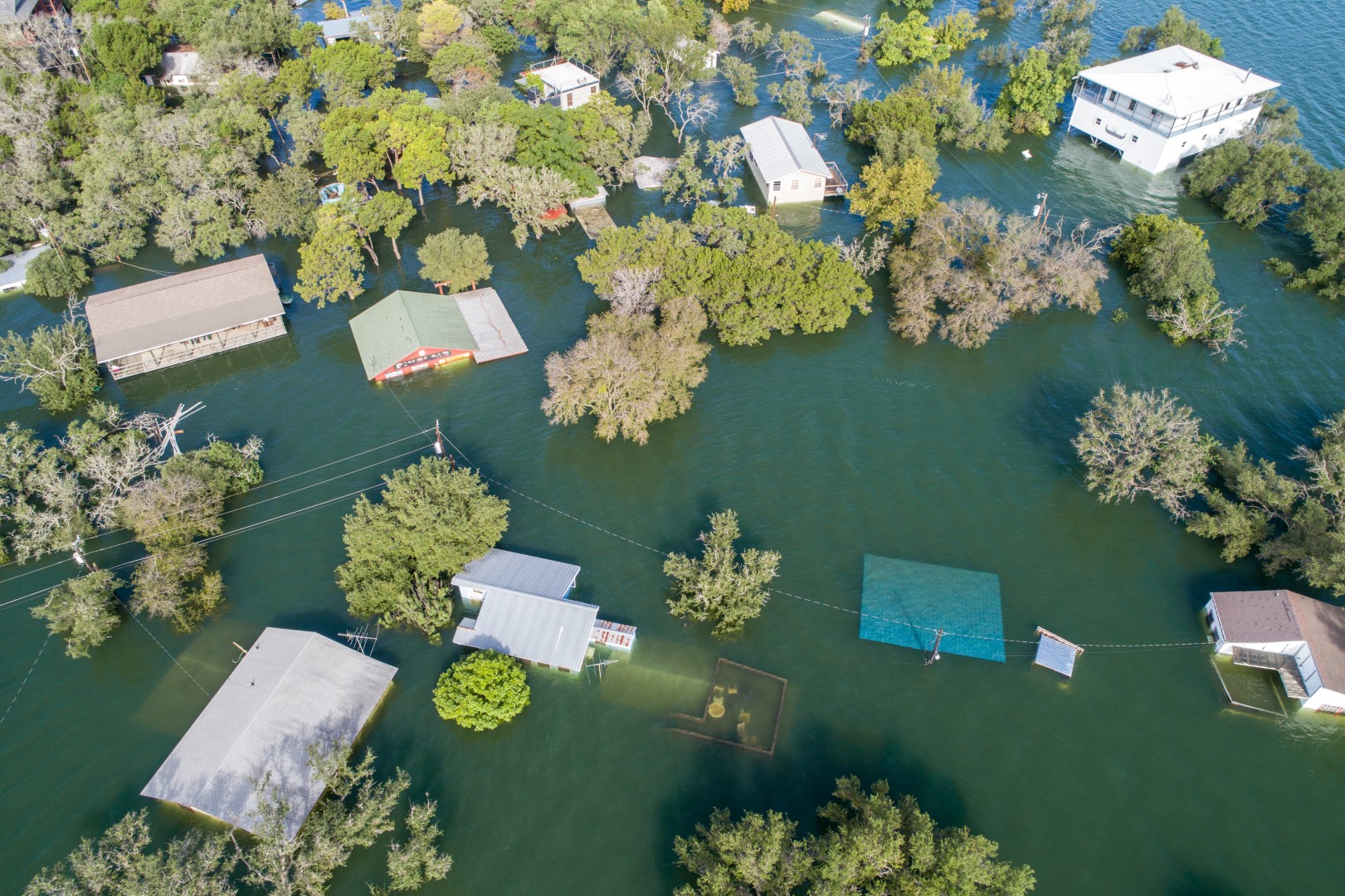

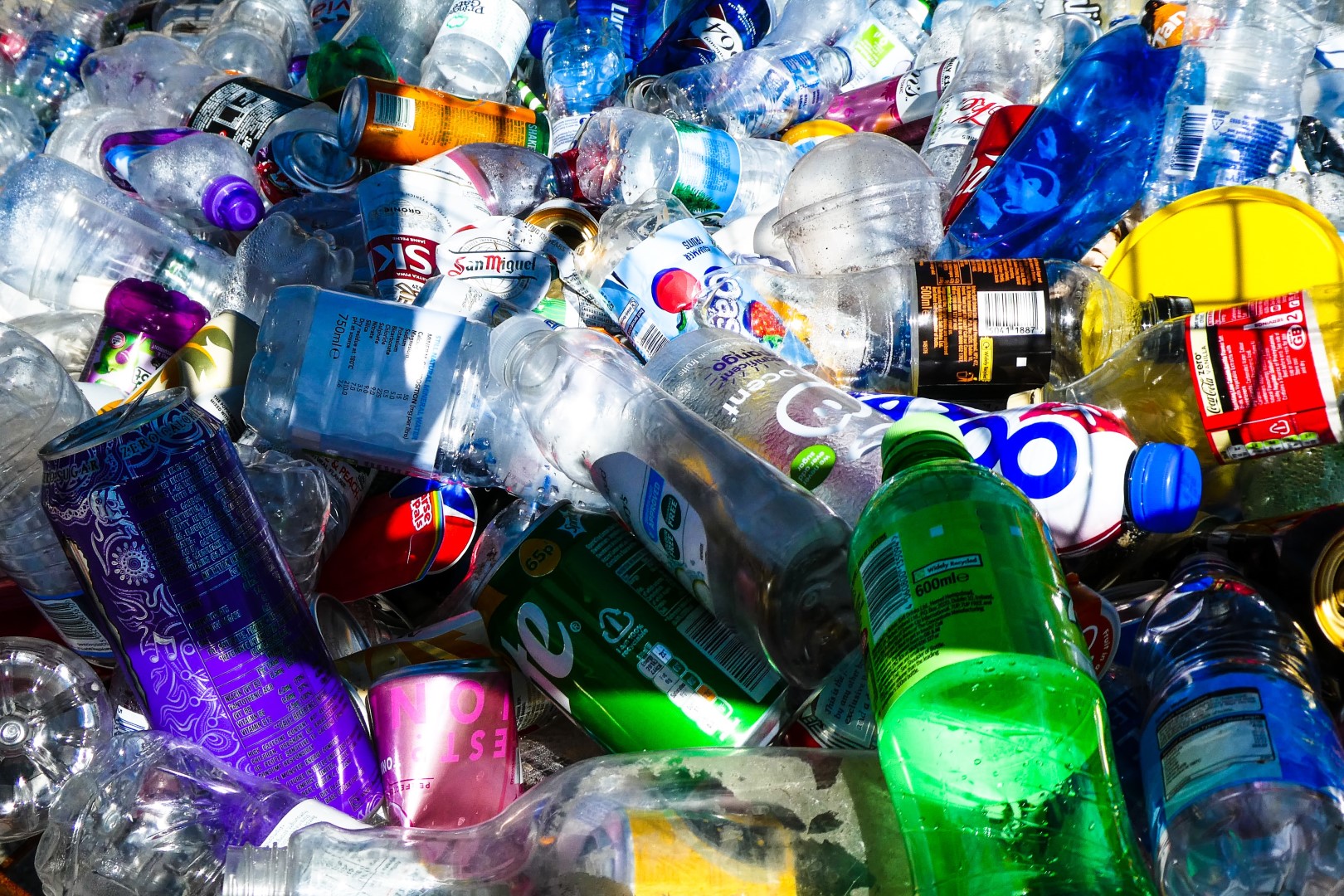

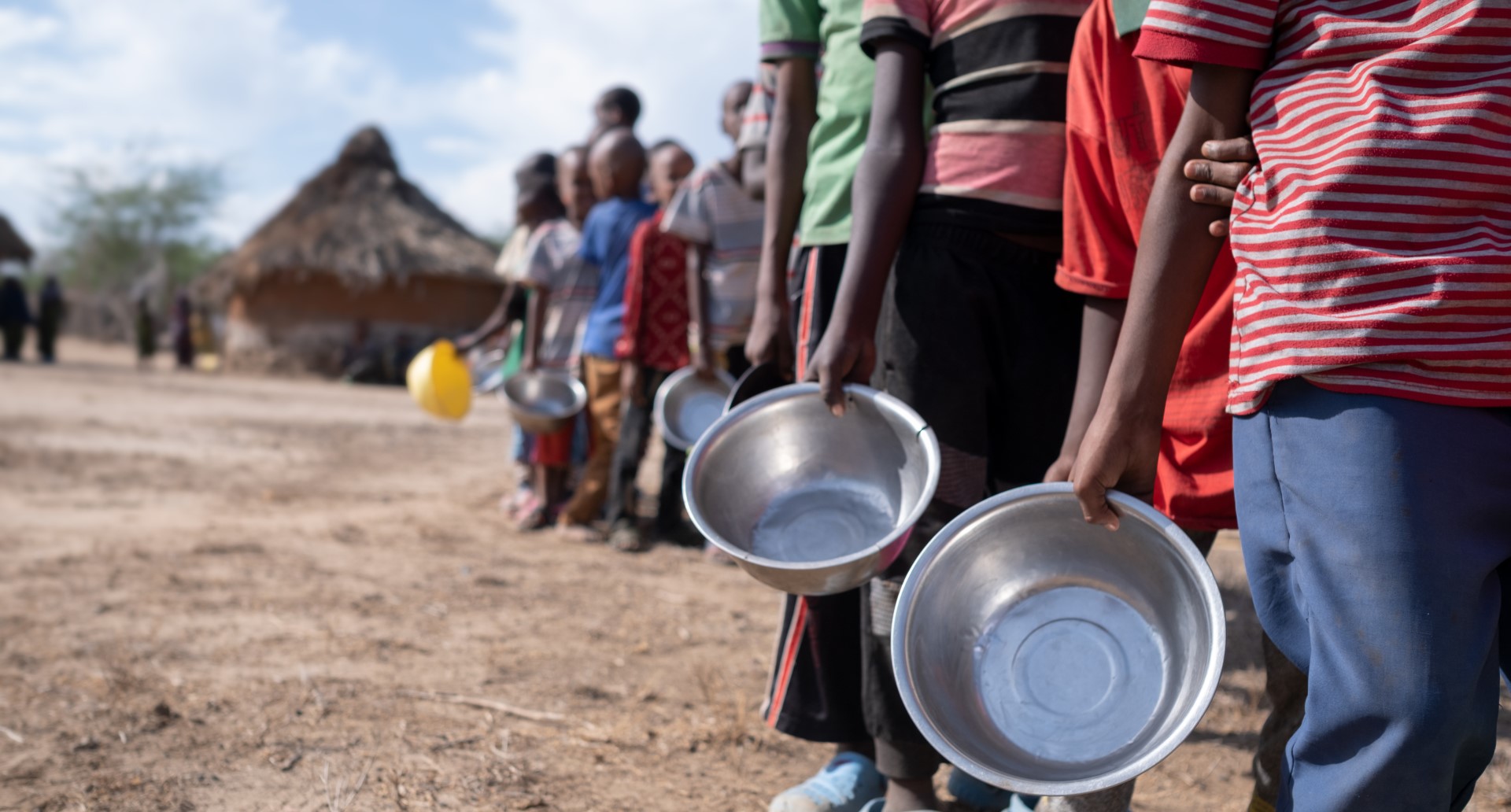

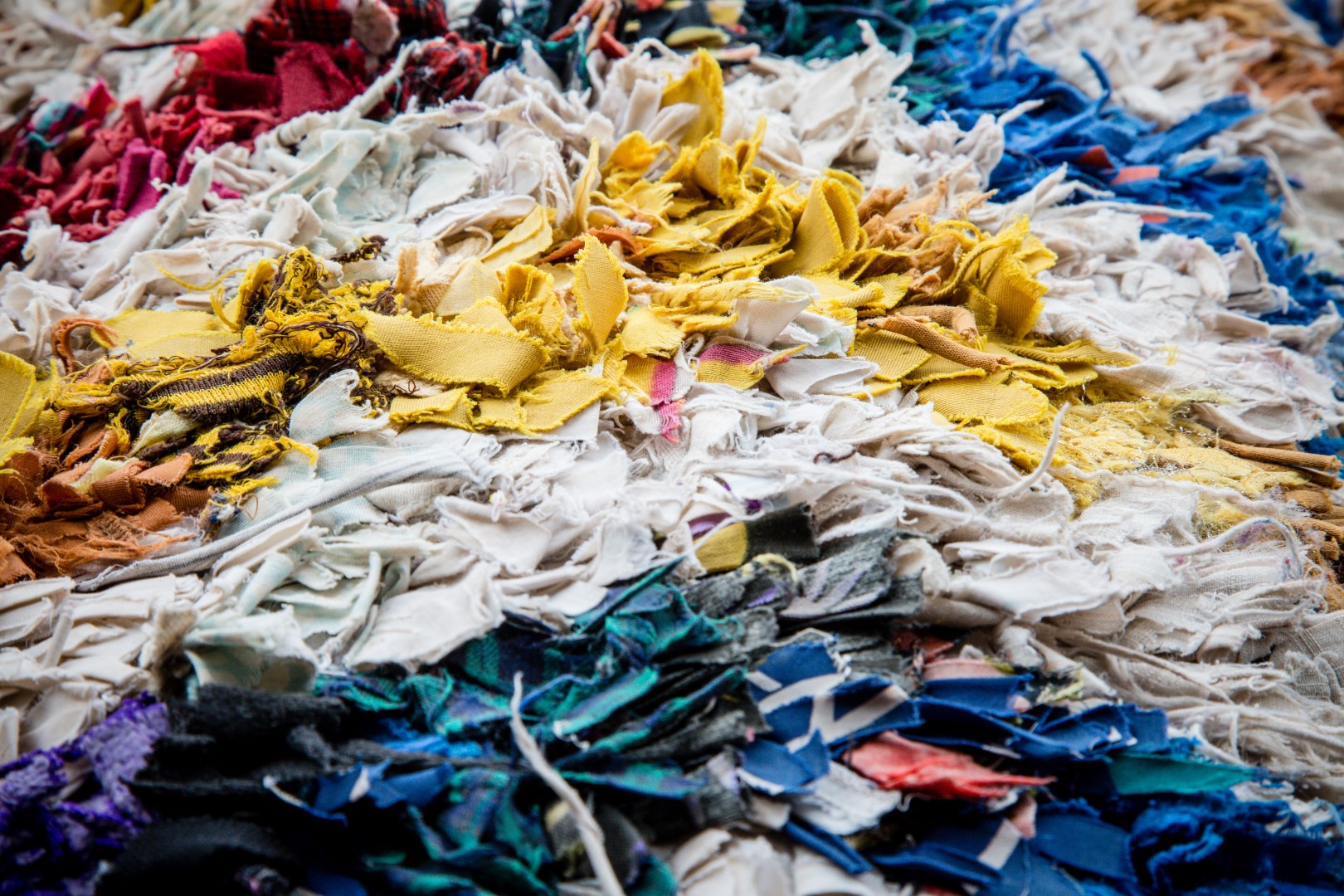


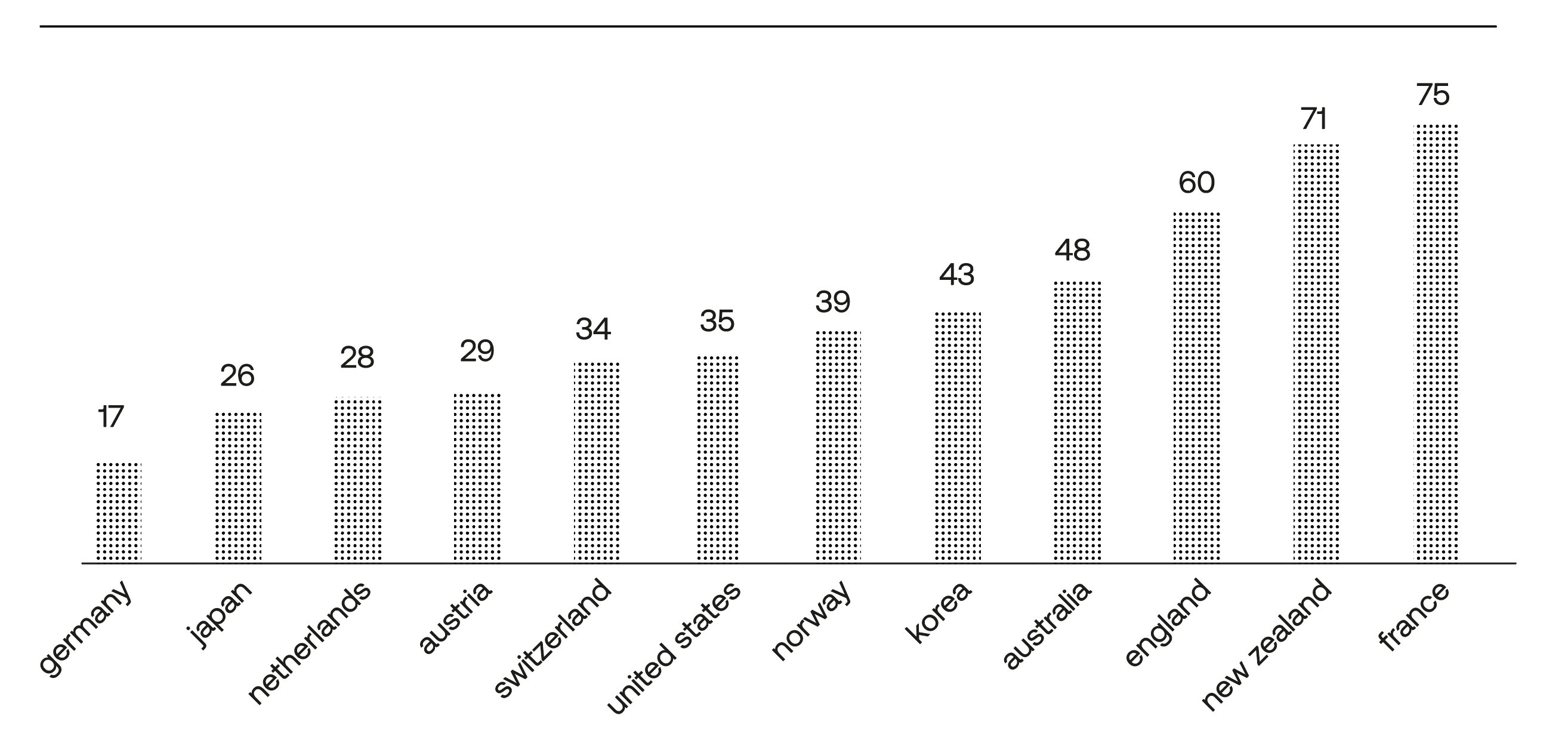

+ Daphne Prieckaerts
I'm happy to learn that there is more focus on mental health in recent times. I'm hoping that new technology will also lead to more consciousness and awareness about the relationship between mental, emotional, and physical health. We cannot see these as separate things.